Project-Based Learning at HTH
These projects are examples of the work that is done at all of the High Tech High Schools. It is our record of what we have done and how to get there. Teachers can utilize this to display what they have done with their students, and get ideas from others teachers. Students can show their parents and friends the work that they have done, and the community can see how project based learning enables students to do and learn. Please enjoy the projects and videos.
Browse Projects
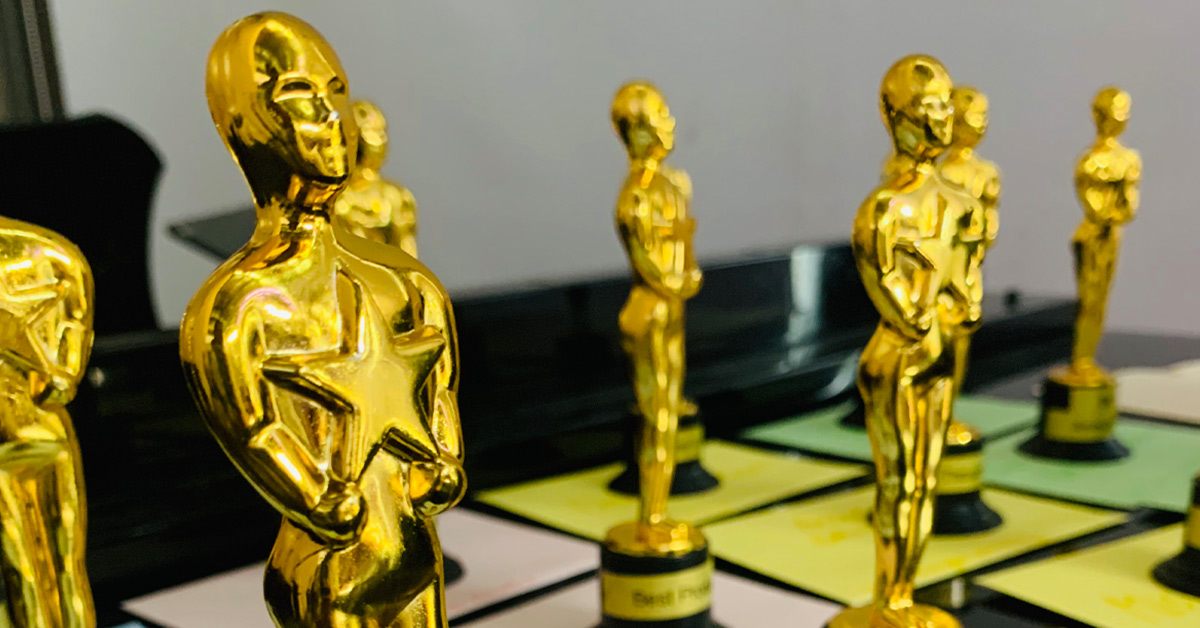
What small scale systems are related to larger scale systems? In language and culture? In science?
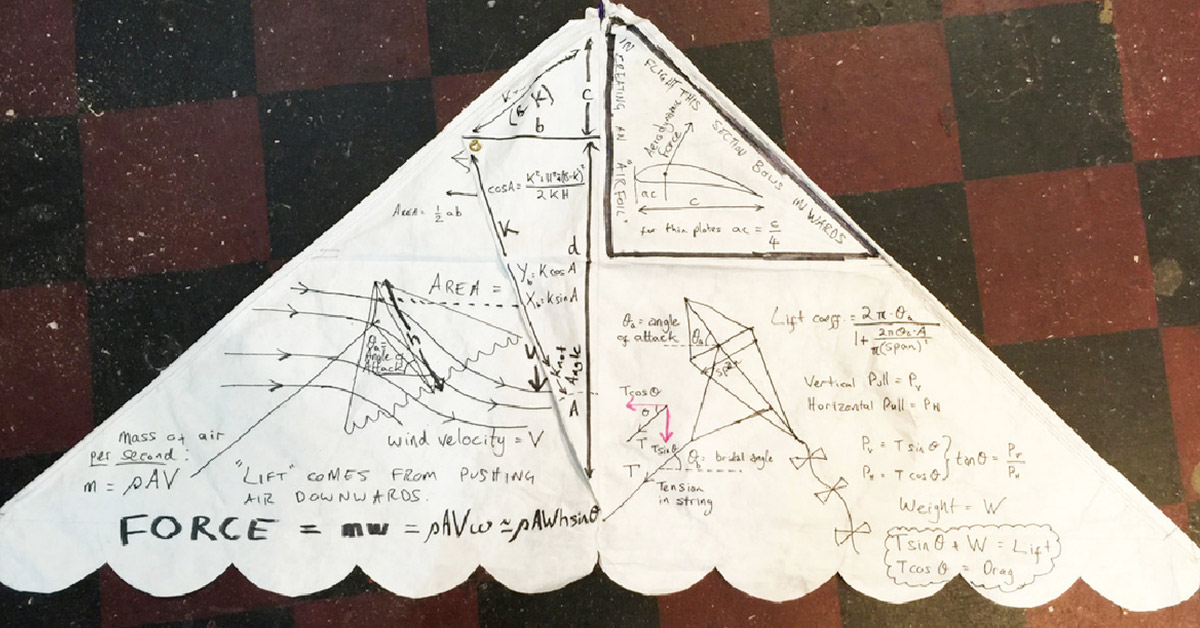
Students documented their own physics experiments in order to fight gravity using kites, balloons, and other flying objects of their own creation.
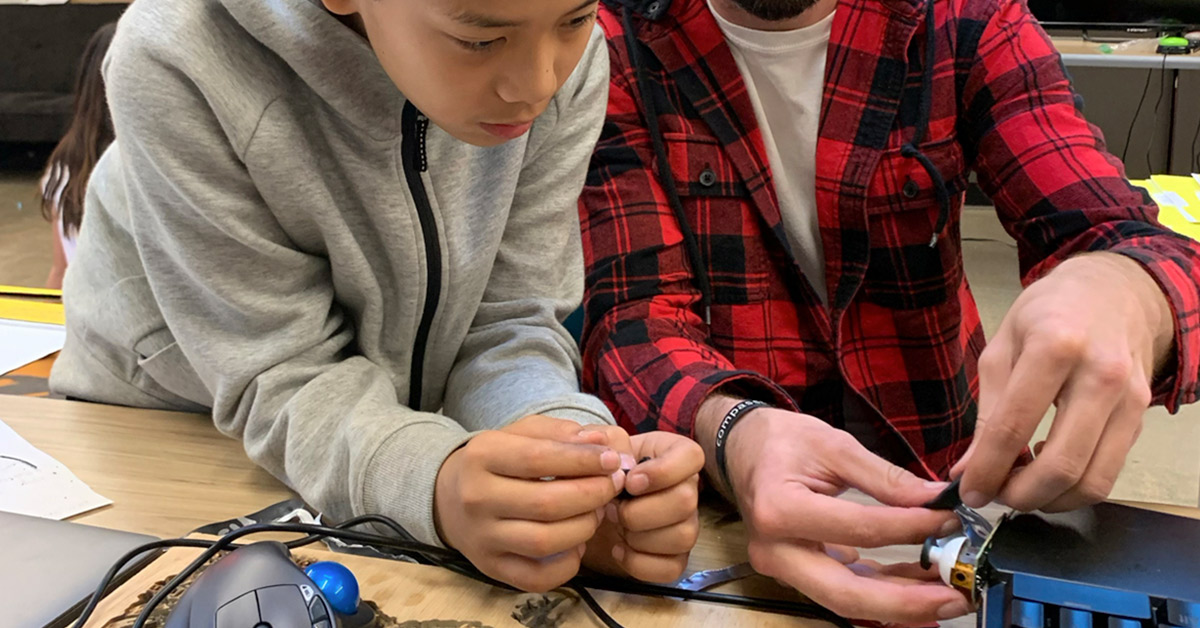
6th grade students set out to explore the questions surrounding disability, using video gaming as both a point of common interest and a real-world engineering and technological challenge.
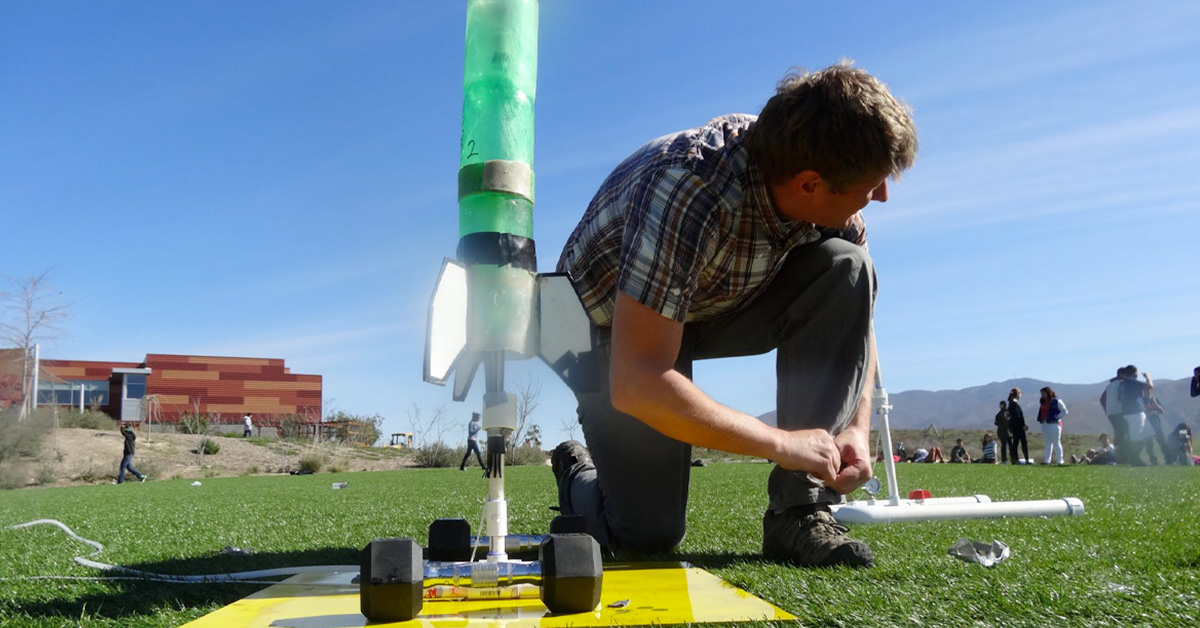
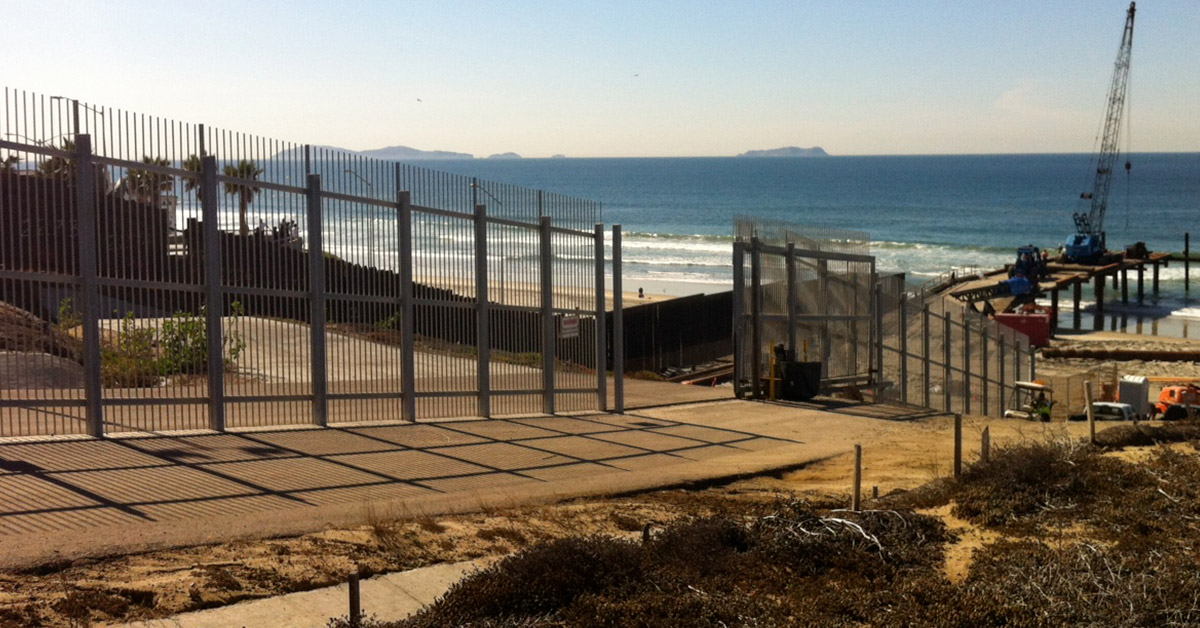
In This American Life: An Immigration Project, students ask “What challenges have immigrants faced throughout history?”
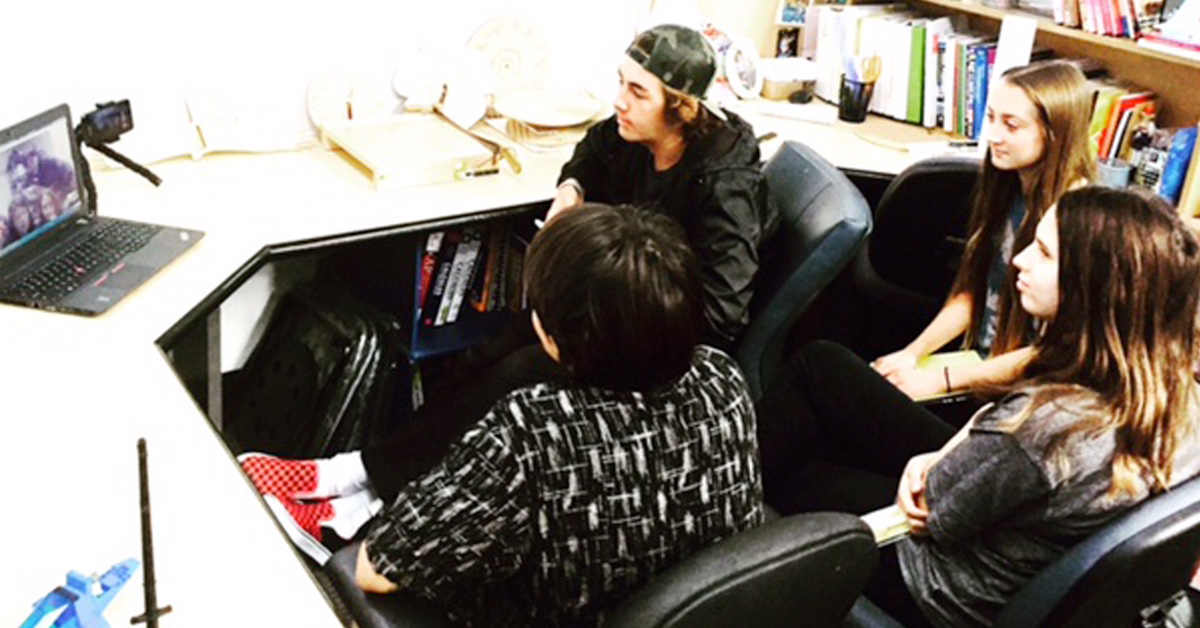
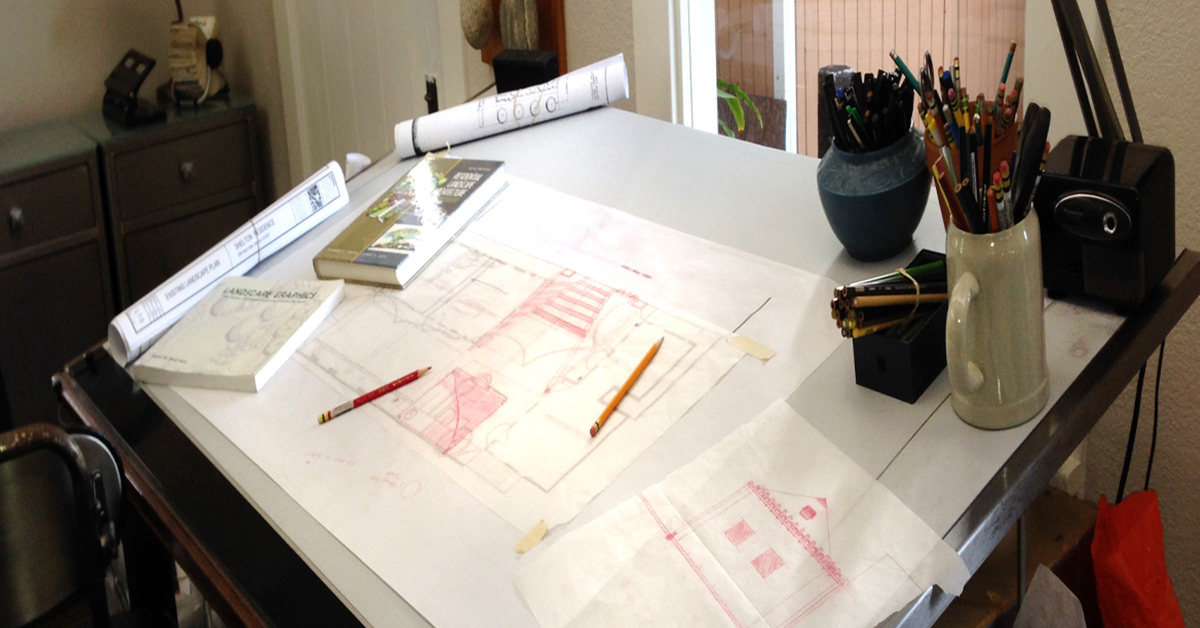
In Ampersand: The Student Journal of School & Work, students came together after working at their internships to create a yearbook of their experiences, so they could be shared with their peers.
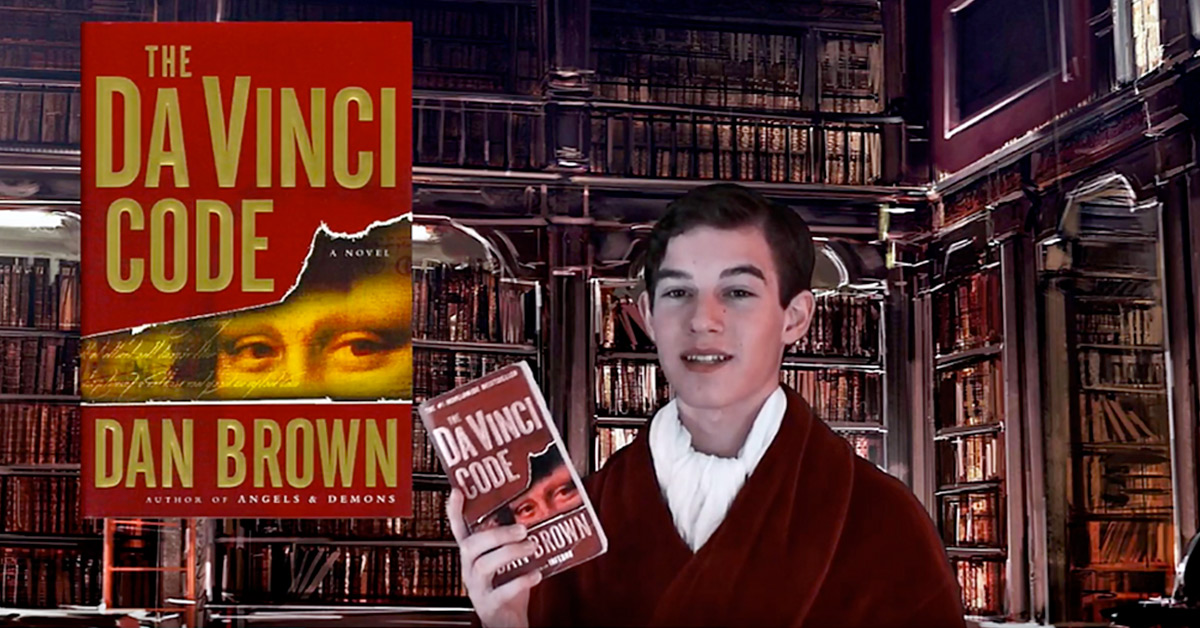
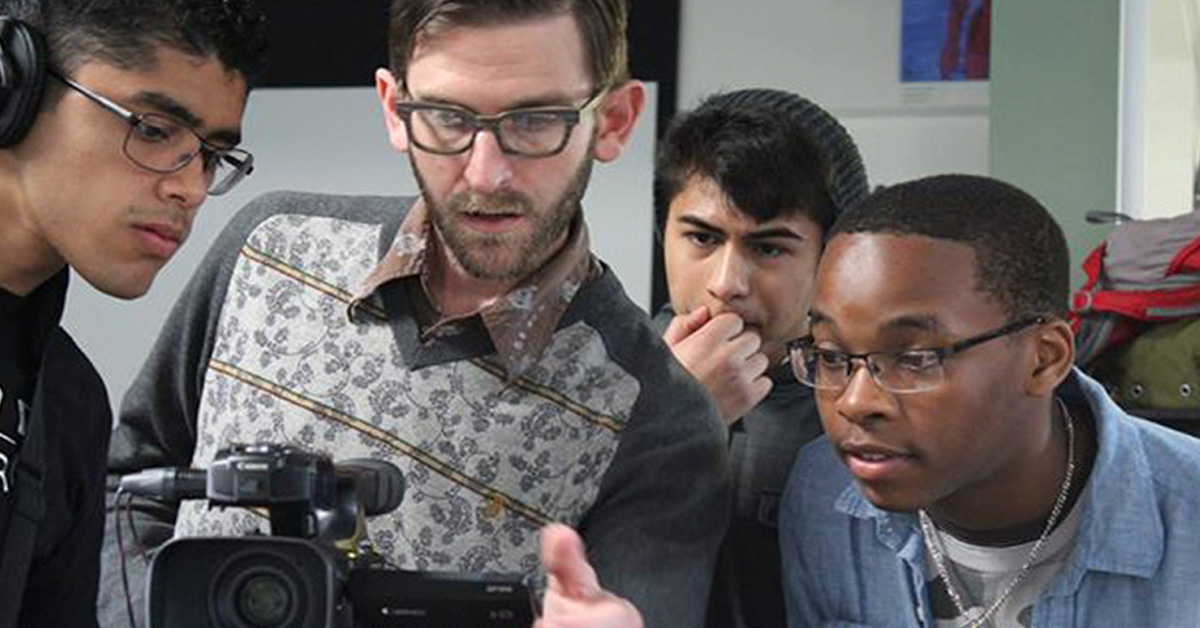
Students ran and organized a Kickstarter campaign to write and film a documentary that covered the topic of gun violence and its effects in the United States.
Browse Projects
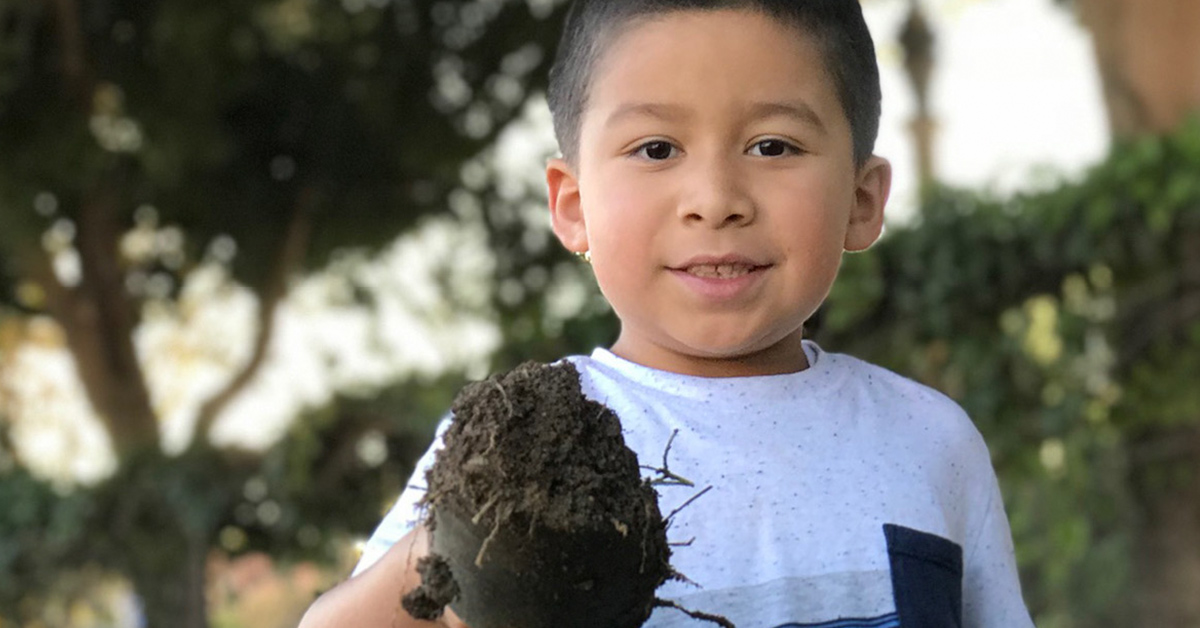
Kindergarten students create an inquiry-based project about the nature of play, and in the process transformed an unused piece of land into a new play area.
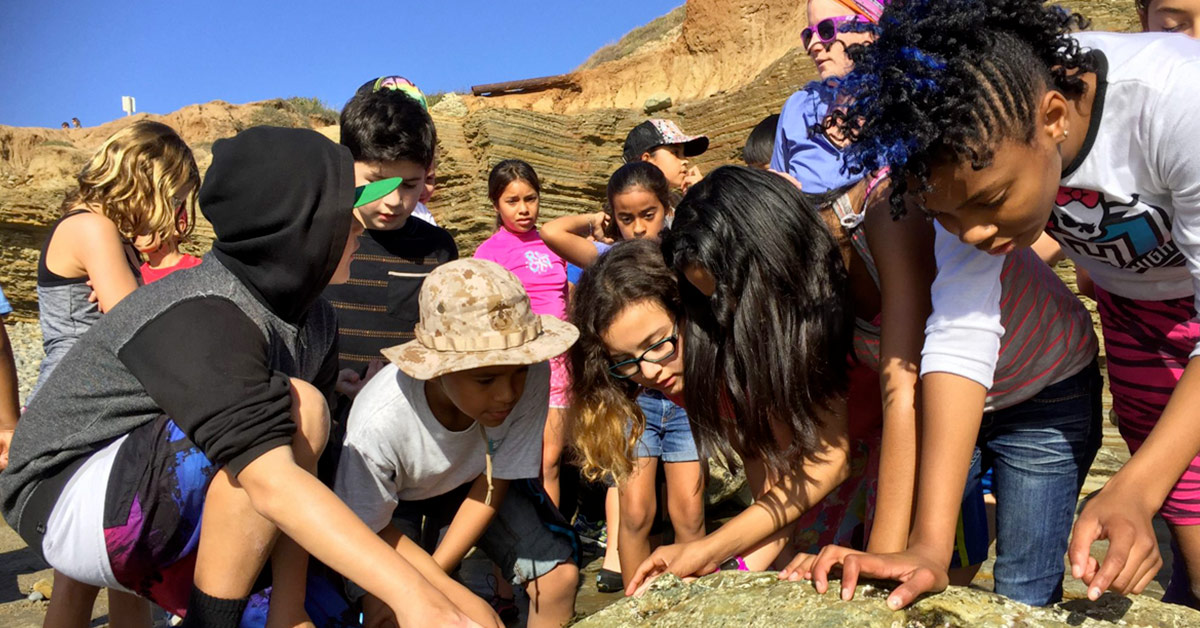
In Life By The Tide: Our Coastal Ecosystems, our students will conduct research about this ecosystem and the organisms that inhabit this region.
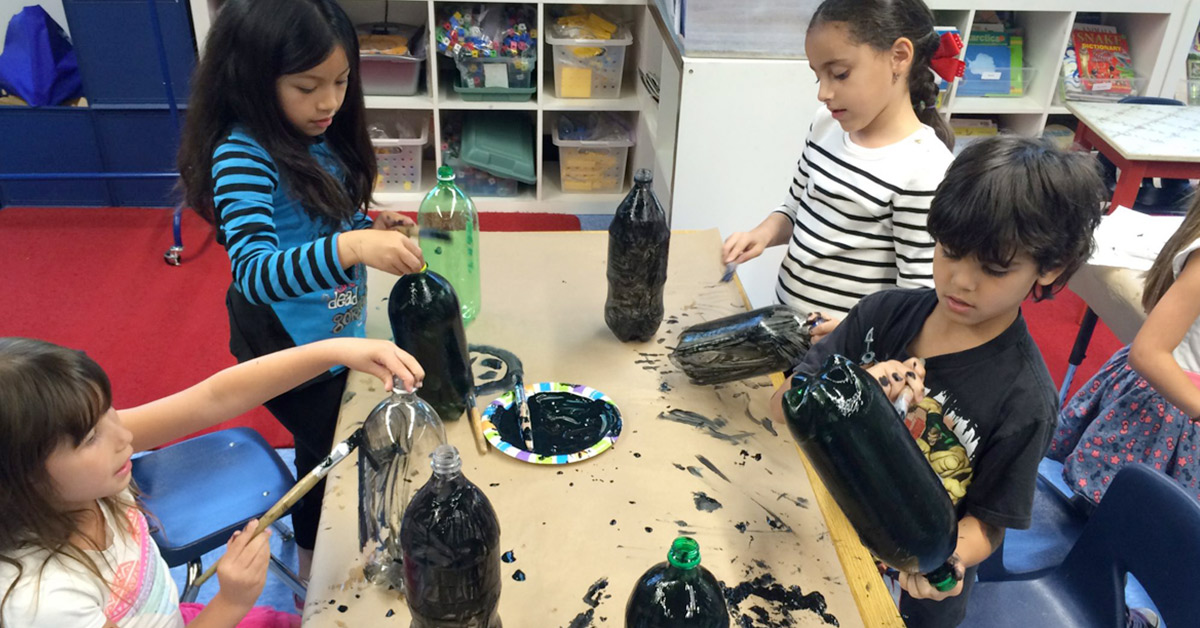
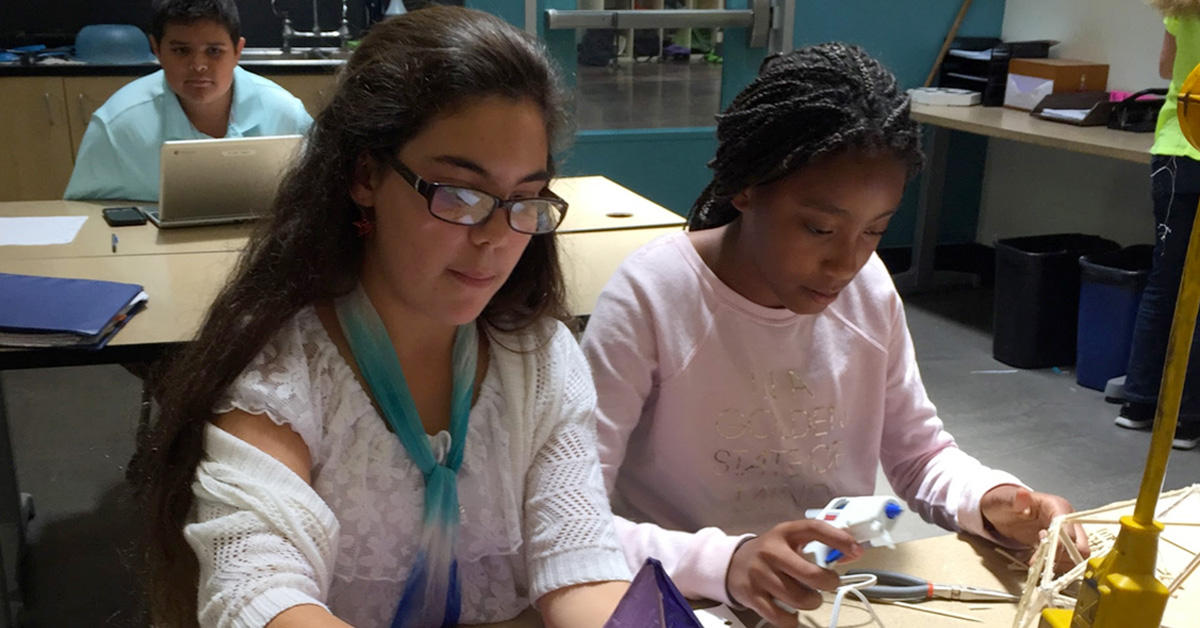
In this project, students learned about geometry and algebra by designing and creating their own paper lanterns.
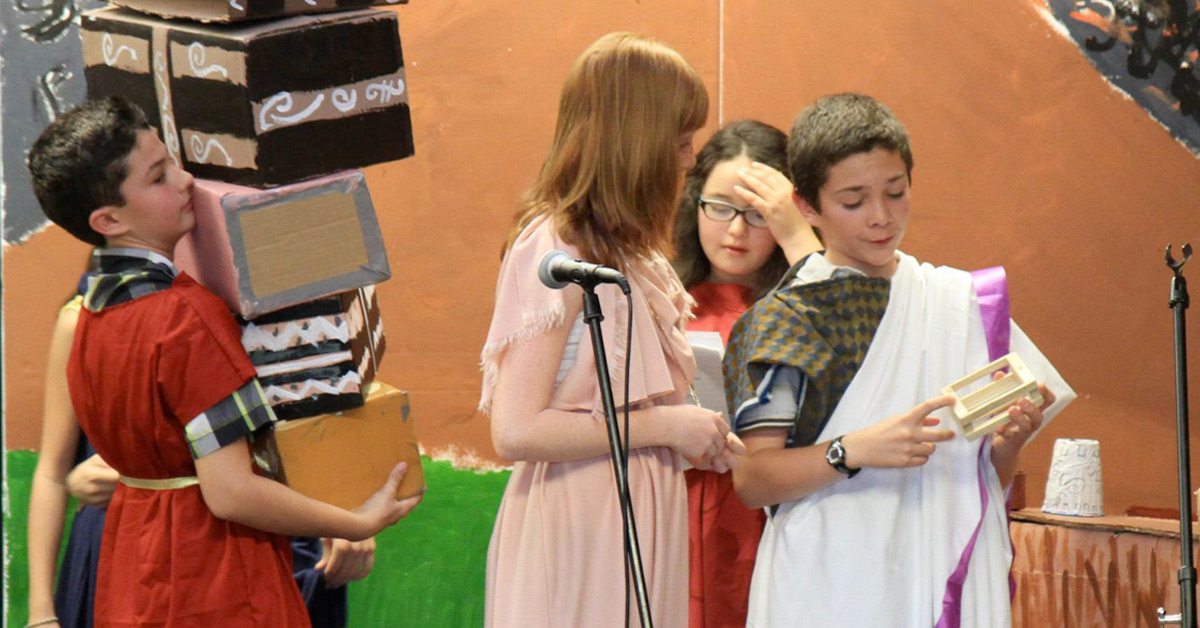
In Pompeii: Scenes of Destruction, students asked “What can you learn about the values of a society from the artifacts they carry with them into exile or as they flee a natural disaster?”
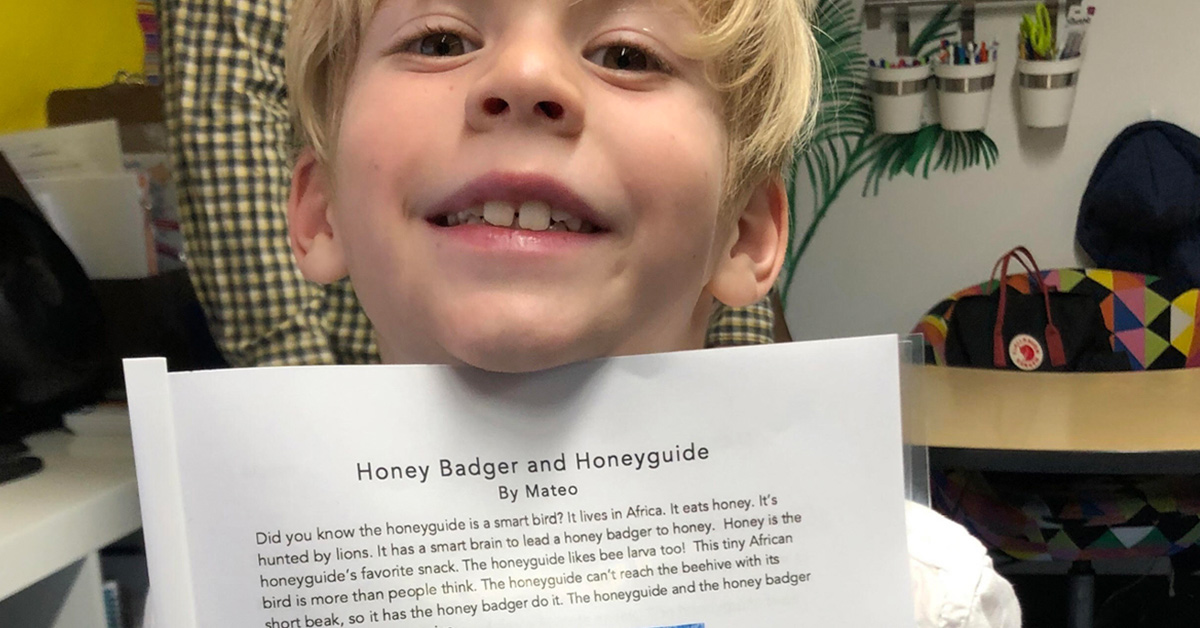
“Do you know what symbiosis is?” reads the first line of the book Evolving Ecologists, …

In This American Life: An Immigration Project, students ask “What challenges have immigrants faced throughout history?”
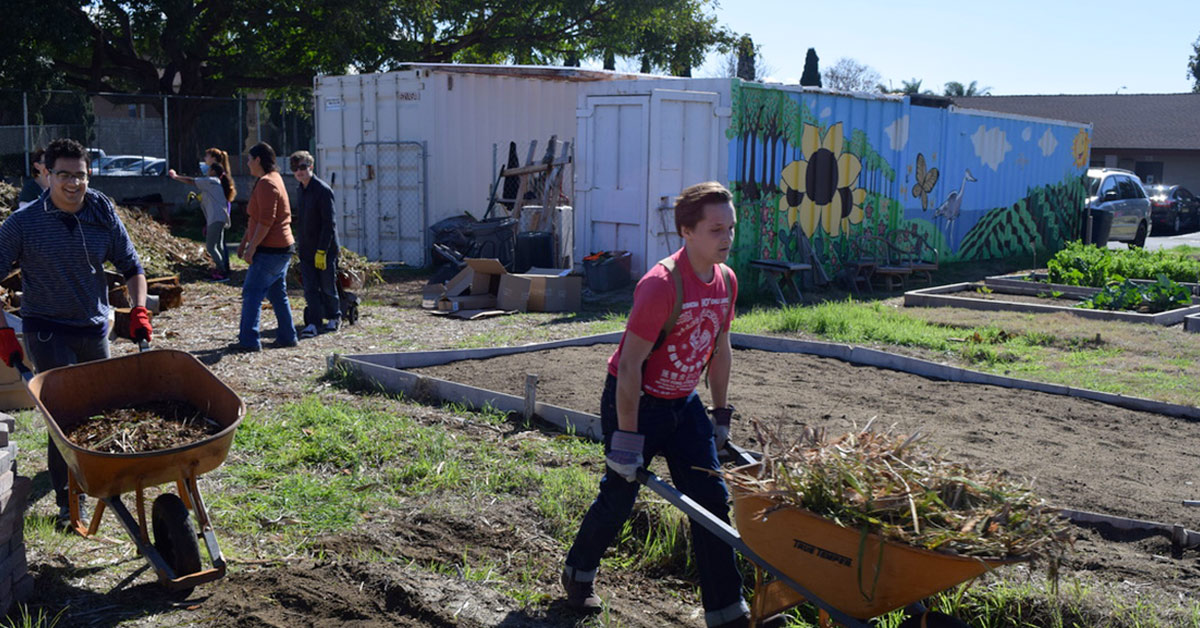
Eleventh graders at HTHNC partnered with nonprofit organizations to support various causes in our local community.
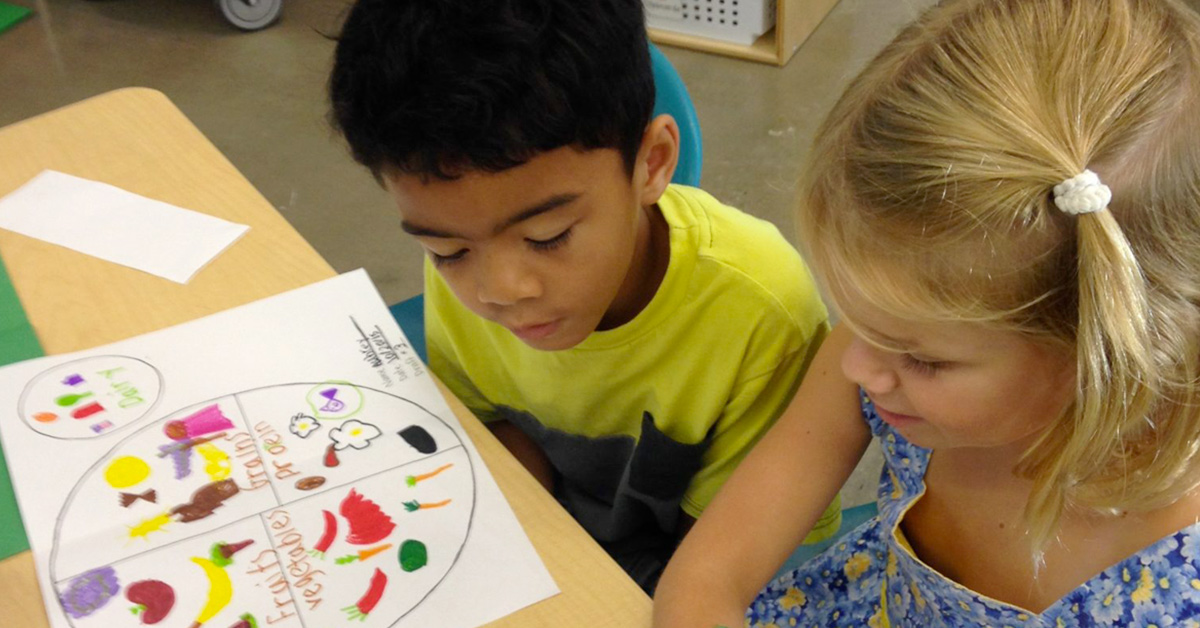
How can we feed our bodies to be healthy? How can we move our bodies to be healthy?